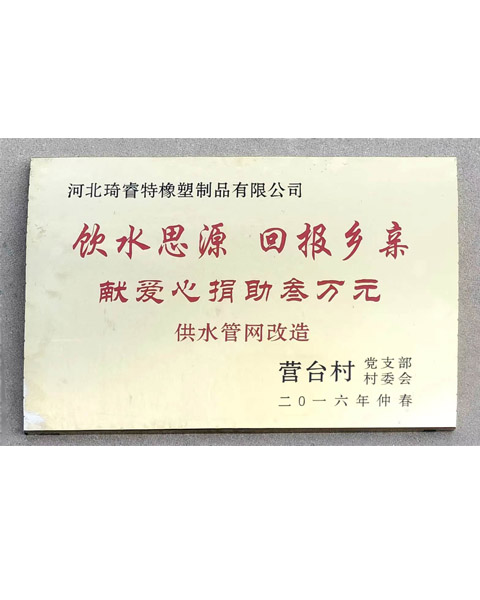Hidden Air Conditioning Pipe Installation Techniques for Optimal Aesthetics and Efficiency
Concealed AC Piping Advantages, Considerations, and Best Practices
As the demand for efficient and aesthetically pleasing air conditioning systems grows, the practice of concealing AC piping has become increasingly popular in both residential and commercial applications. This technique not only enhances the overall appearance of a building but also offers various functional benefits. However, it is essential to consider several factors to ensure optimal performance and durability.
What is Concealed AC Piping?
Concealed AC piping refers to the practice of hiding the refrigerant lines and electrical wiring associated with air conditioning systems within walls, ceilings, or floors. This method is often employed in split air conditioning systems, where the indoor and outdoor units are connected via piping. By hiding the piping, homeowners and builders can create cleaner, more modern aesthetics without compromising air conditioning efficiency.
Advantages of Concealed AC Piping
1. Aesthetic Appeal One of the most significant advantages of concealed AC piping is its visual impact. Exposed pipes can create a cluttered and unattractive appearance in a room, detracting from interior design elements. Concealing the piping allows for a sleek and streamlined look, making it easier to integrate the HVAC system into any design scheme.
2. Space Efficiency In many cases, particularly in smaller spaces, concealed piping can free up valuable wall and floor space. This is especially beneficial in urban environments where living areas are typically compact. Hiding the piping can enable more flexible furniture arrangements and enhance the overall functionality of the space.
3. Protection from Damage Concealed AC piping is less susceptible to damage compared to exposed lines. When piping is hidden within walls or ceilings, it is protected from physical impacts, accidental punctures, or exposure to harsh environmental conditions, thus enhancing its longevity.
4. Improved Air Quality When pipes are concealed, there are fewer exposed surfaces where dust and allergens can accumulate, contributing to better air quality within the building.
Considerations for Concealed AC Piping
While there are numerous benefits to concealing AC piping, it is essential to keep a few considerations in mind
1. Installation Complexity Concealing AC piping can complicate the installation process. It requires careful planning and skilled installation to ensure that all components are properly integrated into the structure without compromising the system’s functioning.
concealed ac piping

2. Maintenance Access One of the critical challenges with concealed AC piping is maintenance. Should any issues arise, accessing the piping may involve more invasive measures, such as cutting into walls or ceilings. Therefore, it’s crucial to maintain a good relationship with qualified HVAC professionals who can perform regular maintenance checks.
3. Heat Insulation Proper insulation of refrigerant lines is paramount when pipes are hidden. If insulation is inadequate, it can lead to energy loss, reduced system efficiency, and increased operational costs. Professionals should use high-quality insulation materials to combat these issues.
4. Local Codes and Regulations Various municipalities may have specific building codes and regulations regarding concealed piping. Consulting local laws before proceeding with installation is essential to ensure compliance and avoid potential legal issues.
Best Practices for Installation
To maximize the benefits of concealed AC piping, consider the following best practices
1. Professional Consultation Always consult with HVAC professionals during the planning and installation process. Their expertise will help ensure that all aspects of the system, from load calculations to duct design, are factored in.
2. Design Planning Collaborate with architects or designers to integrate the AC system into the overall building design. Consider how the system will impact aesthetics and functionality.
3. Periodic Inspections Schedule regular maintenance checks to ensure that the concealed piping remains in good condition and that access points are established for future servicing.
4. Quality Materials Invest in high-quality materials for insulation and piping to enhance the durability and efficiency of your concealed AC system.
Conclusion
Concealed AC piping offers an excellent solution for those looking to combine functionality with aesthetic appeal. While it presents unique challenges, careful planning and professional installation can result in a highly efficient air conditioning system that complements modern living spaces. With the right approach, concealed AC piping can deliver both comfort and beauty to any environment.
-
Ultimate Spiral Protection for Hoses & CablesNewsJun.26,2025
-
The Ultimate Quick-Connect Solutions for Every NeedNewsJun.26,2025
-
SAE J1401 Brake Hose: Reliable Choice for Safe BrakingNewsJun.26,2025
-
Reliable J2064 A/C Hoses for Real-World Cooling NeedsNewsJun.26,2025
-
Heavy-Duty Sewer Jetting Hoses Built to LastNewsJun.26,2025
-
Fix Power Steering Tube Leaks Fast – Durable & Affordable SolutionNewsJun.26,2025

